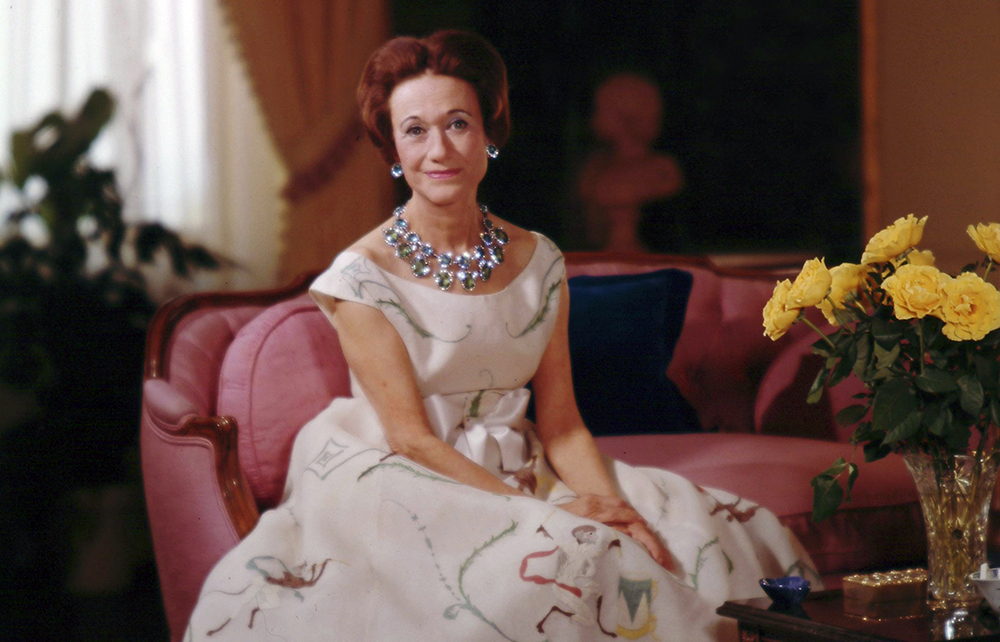On 16 October 1946, the Duke of Windsor, the former Edward VIII, and his wife Wallis were visiting England for a short period. They were staying with their friends the Dudleys at Ednam Lodge in Surrey, and felt sufficiently comfortable not to store Wallis’s impressive collection of jewellery in the house’s safe room, but instead kept it – with almost breathtaking carelessness – under the bed. It is unsurprising, then, that an opportunistic thief was able to break into the house while the Duke and Duchess were dining in London, steal the jewels and make good his escape without detection.
If this was all there was to the story, it would be diverting but inconsequential. However, it now seems likely that the heist was an insurance job, conducted either with the direct complicity of the former King and his wife or exploited by them to provide the cash they so craved in the aftermath of the abdication. Many of the items stolen turned up in an auction in Geneva of the Duchess’s jewels after she died, which suggests that they were either quietly returned or were never stolen at all.
In his book about the theft, Richard Wallace calls it ‘the greatest royal jewel heist in history’. Captain Blood, who attempted to purloin the Crown Jewels in 1671, might have something to say about that. But The King’s Loot represents yet another blow to the already shaky reputation of the disgraced royal couple. The author marshals a mixture of well known stories, conjecture and some modest original research to tell his tale. I would have liked more on the perverse Javert-Valjean relationship between the theft’s investigating officer Chief Inspector Capstick and his unlikely quarry, a petty villain named Leslie Holmes, whom Capstick became fixated on, convinced that he had stolen the jewels. Instead, there is a great deal of royal history recapping, sometimes of doubtful relevance.
The book feels stretched at 288 pages. The theft does not take place until chapter ten, and the story splutters out 80 pages later. Frustratingly, Wallace cannot offer a definitive answer to what happened that evening, complaining:
We need the cooperation and goodwill of a plethora of litigious vendors, anonymous buyers and secretive haute jewellery makers. And the chances of that occurring in the interests of the truth is practically zilch.
Nonetheless, for royal scandal devotees, this is an engaging story that shines some light on a murky incident.







Comments